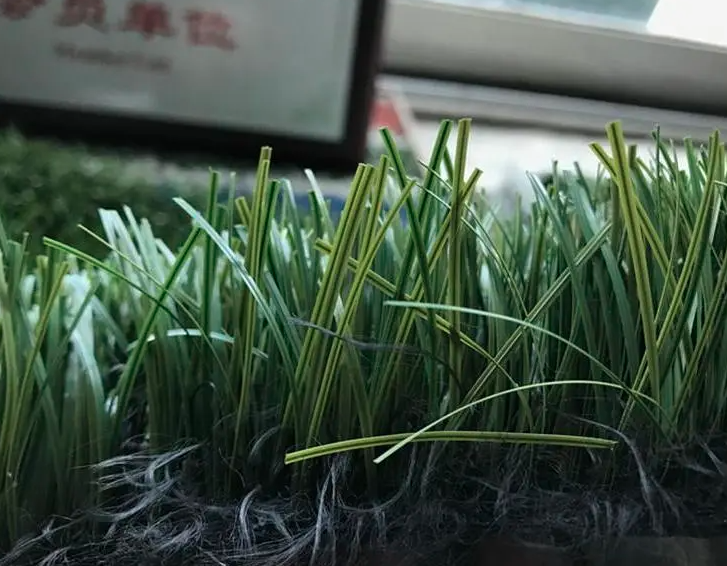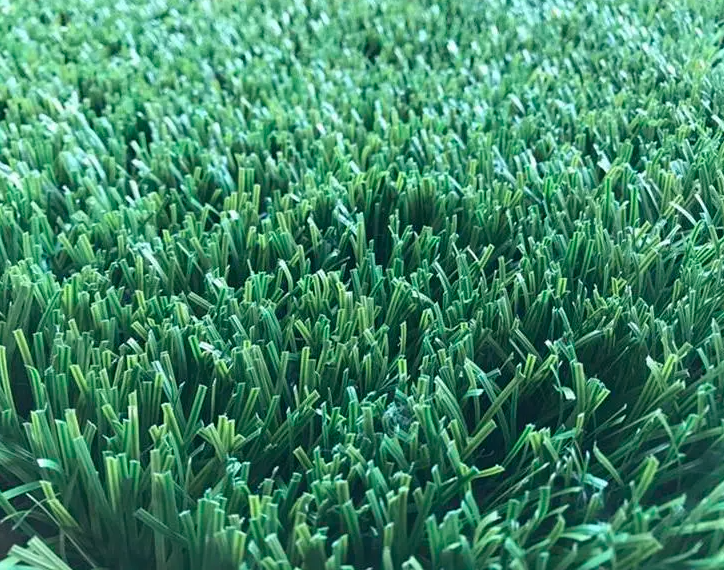Sports turf has changed dramatically over the years, from natural turf to artificial turf. The development of artificial sports turf has revolutionized the sport in many ways, offering numerous benefits, enhancing the game experience for athletes and improving the overall quality of sports facilities.
One of the main advantages of artificial sports turf is its durability. Natural grass is prone to wear and tear, especially in high traffic areas. This often results in an uneven playing field, which can lead to athlete injuries. In contrast, artificial turf is designed to withstand heavy use and maintain its integrity over time. It can withstand countless hours of play, making it a solid choice on the playing field.
Another advantage of artificial sports turf is its stable playing surface. Natural grass is subject to changes in weather conditions which can affect the quality of the game. Rain can make the ground muddy and slippery, while extreme heat dries out the grass, making it hard and uneven. These conditions can affect a player's performance and can lead to injury. Artificial turf, on the other hand, provides a consistent and reliable surface regardless of the weather conditions. This enables athletes to perform at their best and reduces the risk of injury from uneven surfaces.
Maintenance is also a significant advantage of artificial sports turf. Natural grass requires regular watering, mowing and reseeding to maintain its appearance and function. This ongoing maintenance can be time-consuming and expensive. However, artificial turf requires very little maintenance. It requires no watering, mowing or reseeding, saving sports facility owners time and money. Additionally, artificial turf is resistant to pests and does not require the use of harmful pesticides or fertilizers, making it an environmentally friendly option.
Artificial sports turf can also improve playing conditions. Unlike natural grass, which can become muddy and slippery after rainfall, artificial turf has an advanced drainage system that allows water to drain quickly out of the field. This ensures that the playing surface remains dry and safe for athletes, reducing the risk of slipping. In addition, the artificial turf is designed to provide excellent shock absorption, reducing the impact on players' joints and muscles. This feature is particularly beneficial for sports such as soccer, rugby and rugby, where players engage in intense physical contact and require loose surfaces.
Finally, artificial sports turf can increase game time. Natural grass takes time to recover after heavy use or severe weather conditions. This often results in limited play opportunities and the need for games to be canceled or rescheduled. With artificial turf, sports facilities can be used all year round, regardless of the weather conditions. This flexibility allows for more games, practices and championships, benefiting both athletes and sports organizations.
In conclusion, artificial sports turf has revolutionized the sport by bringing numerous benefits, enhancing the game experience for athletes and improving the overall quality of sports facilities. Its durability, consistent playing surface, low maintenance requirements, improved playing conditions and increased playing time have made it a game changer in the sports world. As technology continues to improve, artificial turf may become more sophisticated, offering even more advantages to athletes and sports enthusiasts.
Post time: Aug-16-2023


